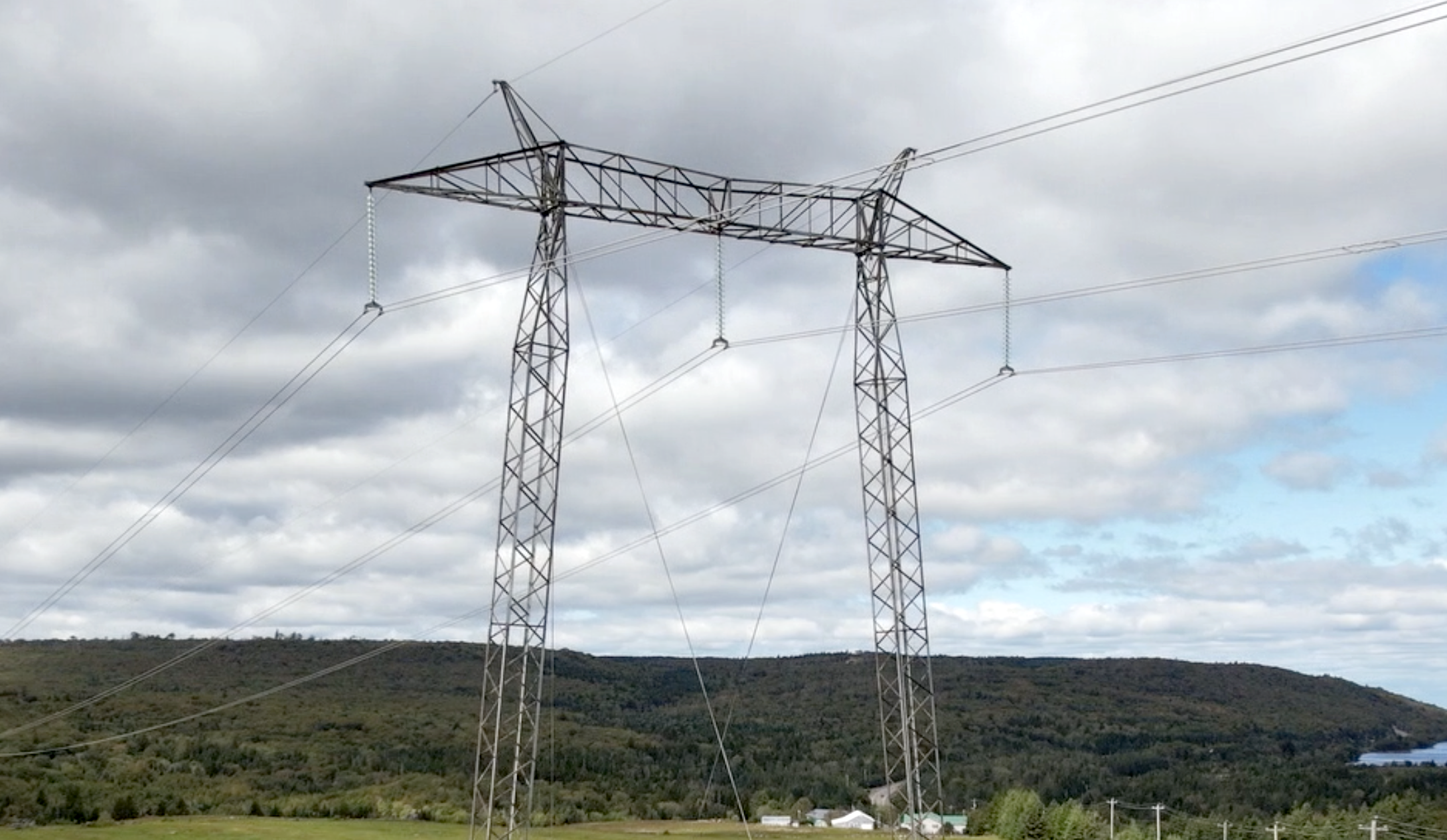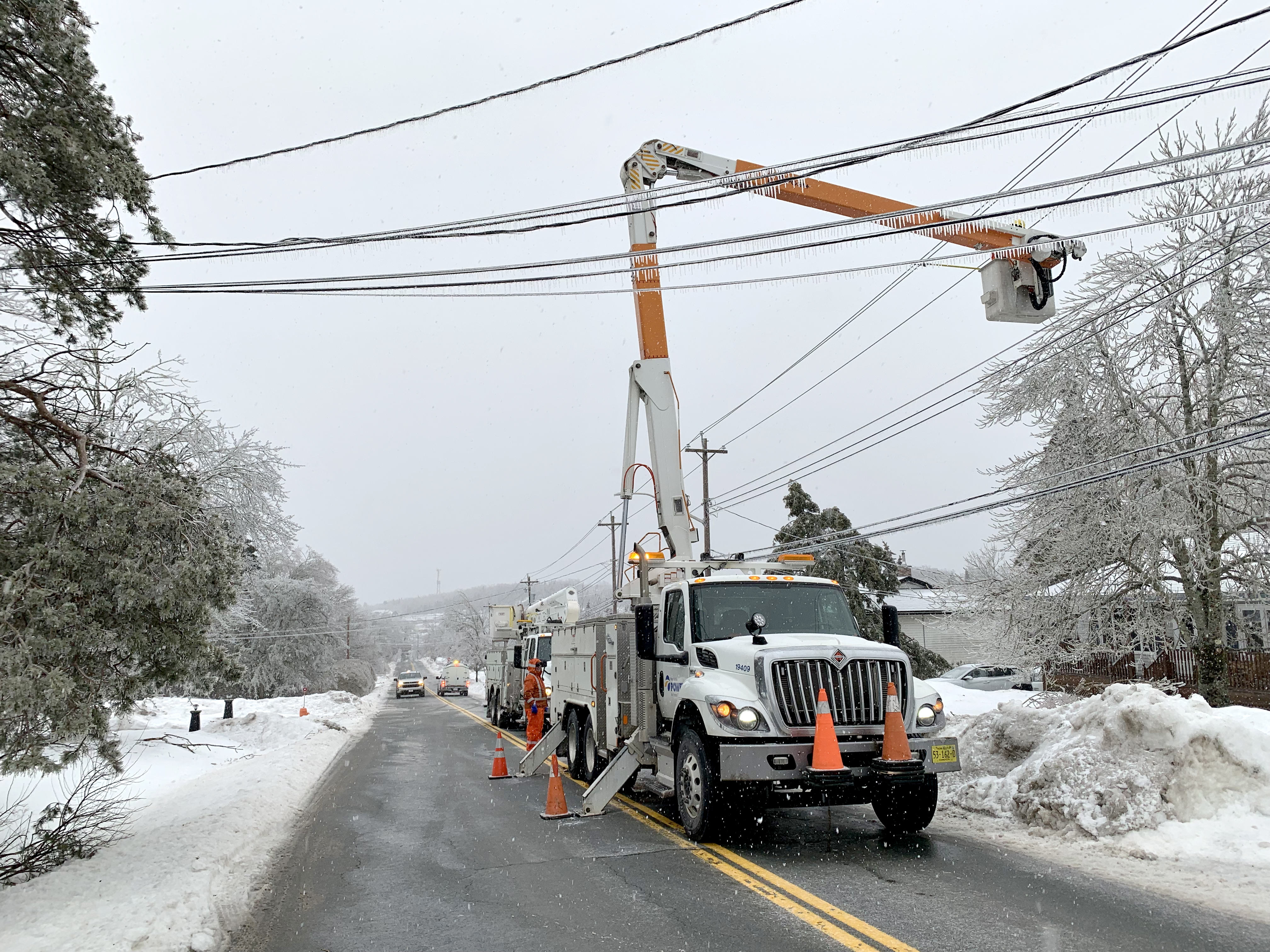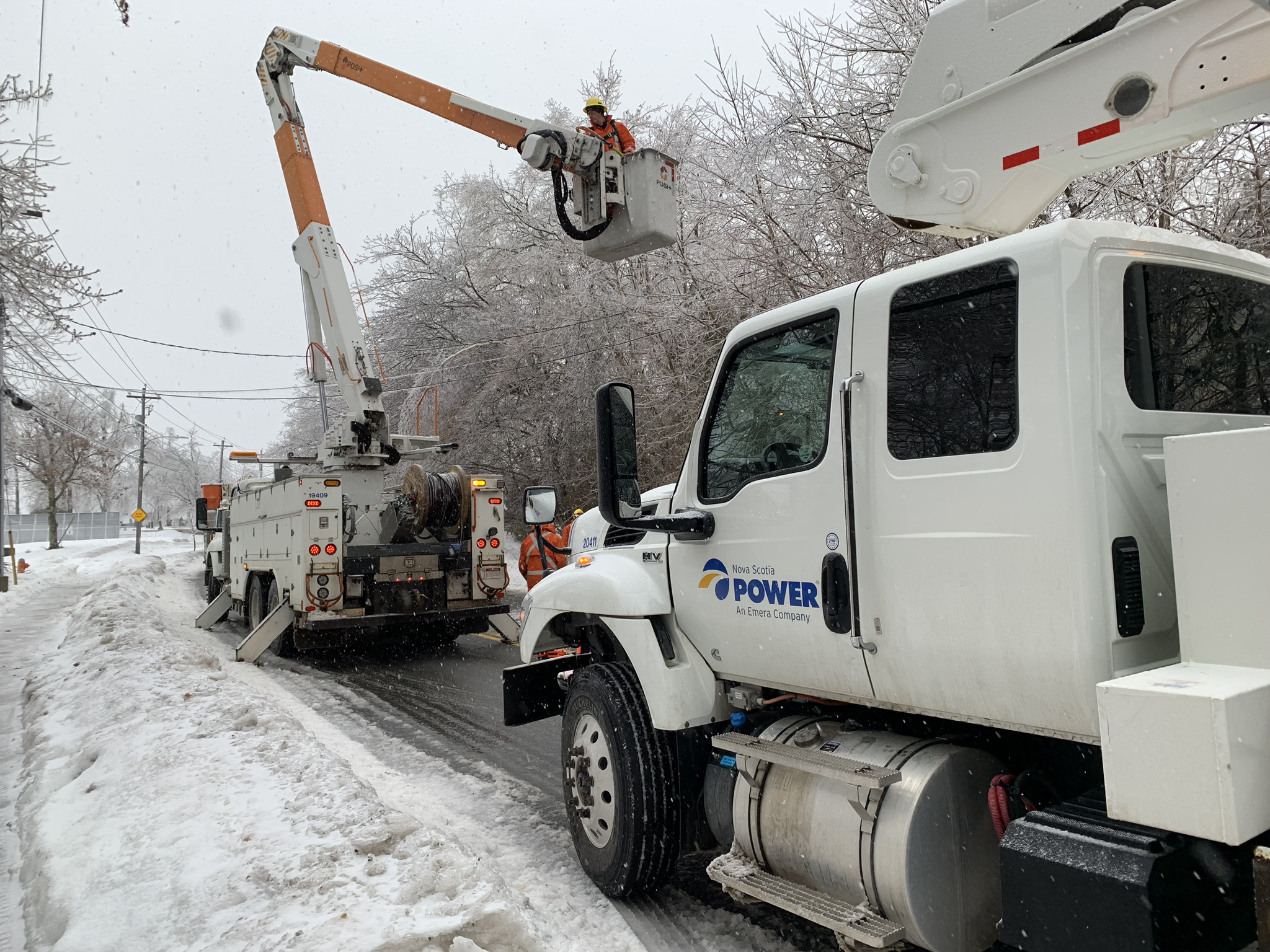In today’s world, we know that you count on reliable service to power your daily lives. We’re committed to our plan to improve reliability and strengthen our electrical system. To perform some of this work, there are times when we need to schedule planned power outages. These outages are essential to keep crews and communities safe while we’re working on our equipment. Read on to learn more about how we coordinate planned power outages, why they’re needed, and how to be prepared.
Types of planned outages
- Scheduled: Planned work requiring an outage where crews are scheduled in advance to complete this work. For example, a pole being replaced with a taller, stronger one to improve power reliability for our customers.
- Urgent: Work that needs to happen quickly but is not an emergency. The outage can be identified and delayed until it’s less disruptive to customers. For example, equipment with wear and tear that could fail if not replaced soon.
- Emergency: This is an outage that needs to happen right away to safely make emergency repairs, likely within the hour. For example, a broken pole caused by a vehicle accident.
Why are there planned power outages?
While we make every effort to perform maintenance, repairs, and system upgrades without impacting our customers, there are circumstances where work cannot be done safely with live electricity. For the safety of our crews and customers, we coordinate planned interruptions of power service to accommodate work that is essential to providing reliable and dependable service.
Maintenance and repairs: Regular maintenance is crucial to ensure the reliability and safety of the electrical grid. This includes repairing or replacing power lines, transformers, poles, and other infrastructure.
Upgrades and improvements: As our communities grow and weather patterns worsen, we are making important investments in equipment and infrastructure to strengthen our electrical system and improve reliability for our customers.
Safety: In some cases, planned outages are necessary to ensure the safety of crews and our communities. In emergency situations, such as vehicle accidents or fires, we may need to coordinate an interruption of power to keep emergency crews and the public safe as the situation is resolved.
How we plan outages
We take a variety of factors into consideration when scheduling a date or time for planned outages. This includes safety of the public and our crews, weather conditions, availability of specialized crews and equipment, community events, and the impact to critical infrastructure and services. We try our best to find a time when it’s least disruptive to our customers, like overnight. Our team works closely with affected communities to minimize the impact of planned outages, including elected officials, schools, hospitals, and local businesses.
How to prepare for a planned outage





